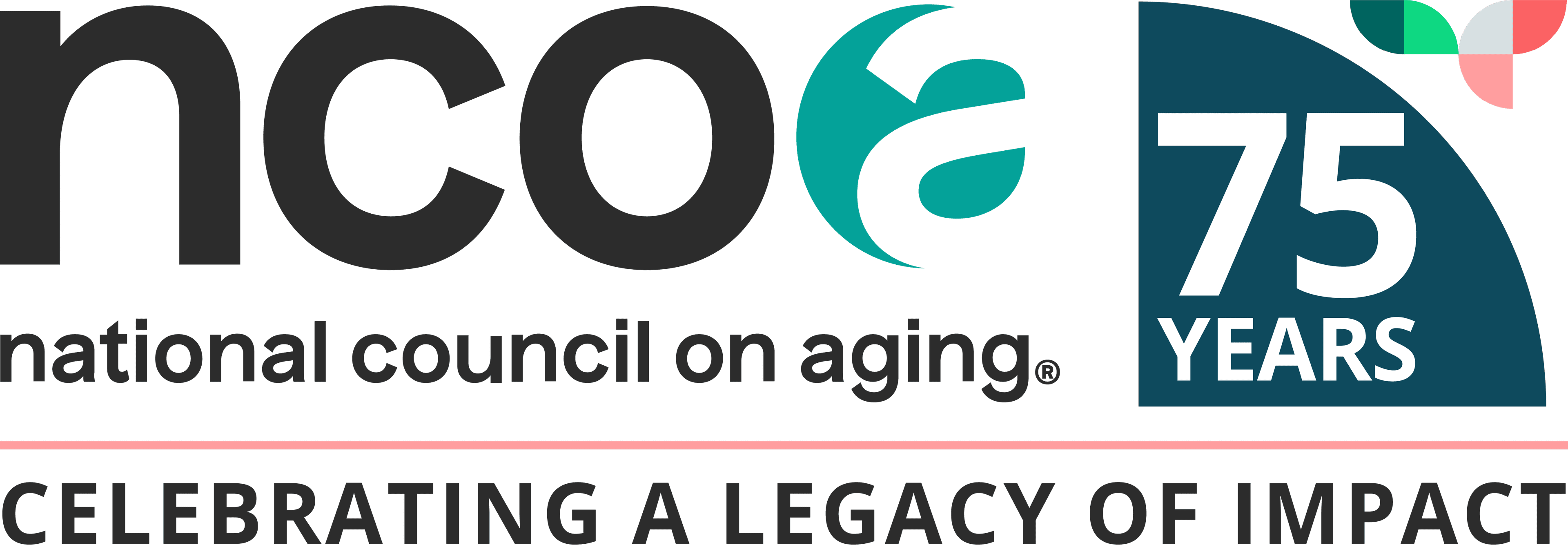
Related Topics
When we think of falls prevention, we often think of things that happen on an individual basis—whether it’s gym sessions, physical therapy appointments, or making adjustments at home. Falls prevention is not often seen as a social activity, but staying connected to others may be one of the most overlooked and effective strategies to reduce falls risks.
Research consistently shows that older adults who remain connected with others experience better balance, mobility, spatial awareness, and overall physical and mental health.1,2 In contrast, those who withdraw socially are at an increased risk of falling due to:
- Reduced activity levels
- Weakened muscle strength
- Feelings of isolation and depression3,4
So, we know that staying socially active and connected is good for preventing falls. What does this look like in practice, and how can older adults get more involved?
The link between social connection and falls prevention
Staying socially active directly enhances older adults’ physical stability and cognitive function. Engaging in intergenerational programs, volunteer work, or group activities encourages movement, increases confidence, and reduces the fear of falling.3,5,6 Social engagement also:
- Encourages movement. Through walking groups, dance classes, or in-person volunteer events, older adults have the opportunity to stay physically active while connecting with others who share their interests.
- Boosts cognitive health. Falls often result from delayed reaction time and reduced spatial awareness. Staying mentally engaged through conversation, problem-solving, and learning new skills helps keep the brain sharp, supporting better coordination and balance.
- Builds confidence. We know that social isolation can cause older adults to develop a fear of movement, which can lead to further physical inactivity. However, social support from peers can make all the difference. Engaging in regular social activities creates an encouraging environment—making movement and activity feel more natural and safe instead of risky.
Why should older adults prioritize diverse forms of social engagement?
Beyond the physical benefits of social connection, there are many advantages to maintaining a robust social life as we age.
While time spent with family members is invaluable, regular socialization with peers and community members can help older adults feel supported in their communities and build deeper relationships. motivation to stay physically active.
Rather than relying solely on family for connection, exploring community-based programs, volunteer opportunities, and intergenerational activities can create a well-rounded support system that encourages mobility and prevents falls through:
- Diverse social stimulation. Connecting with people of all ages through community programs help older adults form deeper relationships and maintain a sense of independence.
- Consistent, structured activity. Unlike sporadic family visits, which may only happen at certain times of year for some older adults, regular involvement in social programs provides routine movement and engagement. This helps support long-term balance and mobility.
- A sense of purpose. Volunteering or participating in intergenerational mentorship programs can be a great way to enhance self-worth, mental engagement, and motivation to stay physically active.
Where kinds of activities can help older adults start to become more socially active?
Engaging in social activities doesn’t have to be strenuous or intimidating. Some accessible, community-driven options that promote movement and reduce fall risk to suggest to the older adults you work with include:
- Walking clubs. These are a fantastic, low-impact way to build strength and balance while enjoying social interaction.
- Group exercise classes. Tai chi, yoga, and dance improve flexibility and stability while keeping participants connected.
- Intergenerational mentorship programs. Partnering with younger generations allows older adults to share their advice and life experiences with children or young adults while staying active.
- Theater, music, or arts groups. Creative activities offer mental stimulation, structured movement, and opportunities for community engagement.
- Volunteering. Whether at a local food pantry or mentoring a student, volunteering creates a purpose-driven routine that naturally incorporates movement and social interaction.
Resources like NCOA’s Falls Prevention Conversation Guide emphasize the importance of caregivers, community leaders, and older adults working together to create a supportive, mobility-enhancing environment for everyone.
By shifting the conversation away from falls prevention as an individual responsibility and instead embracing social engagement as a core strategy, we empower older adults to move with confidence, reduce their risk of falls, and continue living vibrant, independent lives.
Photo by: John Altdorfer for Age-Friendly Greater Pittsburgh
Sources
1. J. Holloway, O. Sayeed, and D. Jurivich. Tellegacy: An intergenerational wellness and health promotion project to reduce social isolation and loneliness in older adults: A feasibility study. International Journal of Environmental Research and Public Health. Nov. 22, 2023. Found on the Internet at: https://www.mdpi.com/1660-4601/20/23/7094
2. T. K. M. Cudjoe, et al. Challenges to social connection among Black men with chronic conditions: Examination of structural, functional, and quality domains. Journal of Applied Gerontology. March 17, 2025. Found on the Internet at: https://pubmed.ncbi.nlm.nih.gov/40124639/
3. J. Holloway, L. Edinboro, and M. L. Smith. Needs of social isolation, loneliness, and intergenerational interventions in the United States: A scoping review. Frontiers in Public Health. Aug. 8, 2024. Found on the Internet at: https://www.frontiersin.org/journals/public-health/articles/10.3389/fpubh.2024.1386651/full
4. A. Shankar, et al. Loneliness, social isolation, and behavioral and biological health indicators in older adults. Health Psychology. 2011. Found on the Internet at: https://doi.org/10.1037/a0022826
5. C. M. Masi, et al. A meta-analysis of interventions to reduce loneliness. Personality and Social Psychology Review. Aug. 17, 2010. Found on the Internet at: https://doi.org/10.1177/1088868310377394
6. J. L. Southerland, et al. Social isolation and loneliness prevention among rural older adults aging-in-place: A needs assessment. Frontiers in Public Health. Oct. 14, 2024. Found on the Internet at: https://doi.org/10.3389/fpubh.2023.1404869



